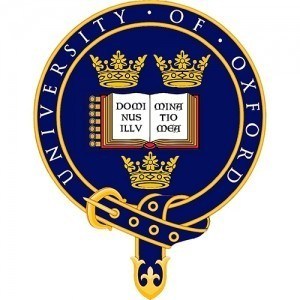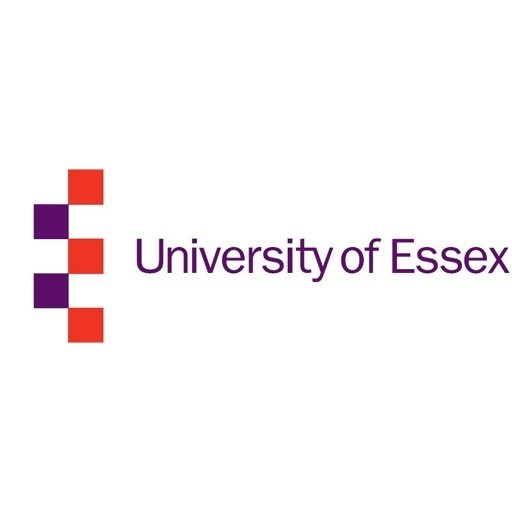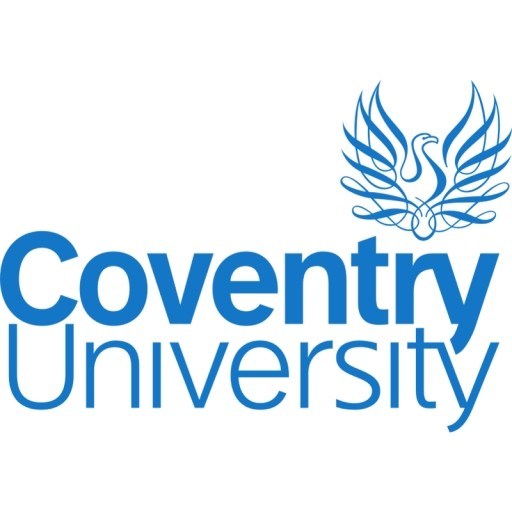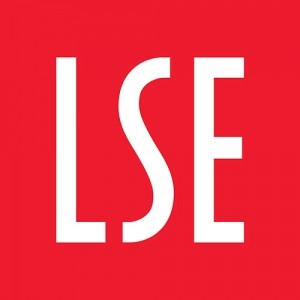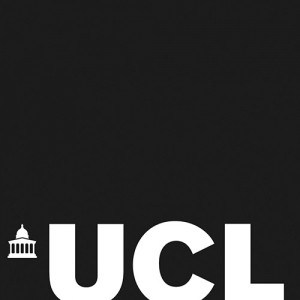Photos of university / #oxford_uni
The Mathematics undergraduate program at the University of Oxford offers an exceptional opportunity for students to explore the fundamental principles and advanced concepts of mathematics in a deeply engaging academic environment. This rigorous course is designed for individuals with a strong aptitude for analytical thinking, problem-solving, and a passion for discovering the underlying structures that govern both abstract theories and real-world applications. Throughout the three-year degree, students will develop a broad and thorough understanding of pure mathematics, including algebra, analysis, geometry, and topology, alongside applied mathematics topics such as mathematical methods, computing, and mathematical modelling.
The program emphasizes both theoretical foundations and practical skills, preparing students for careers in academia, industry, finance, data science, and beyond. From the very beginning, students are encouraged to participate actively in tutorials, seminars, and research projects, fostering independent thinking and collaborative problem-solving. The teaching is delivered by world-renowned faculty and researchers, ensuring students benefit from cutting-edge knowledge and innovative approaches.
In the first year, students are introduced to the core areas of mathematics, including calculus, linear algebra, and mathematical reasoning techniques. The second year offers a more specialized curriculum, allowing students to choose optional modules reflecting their interests, such as number theory, probability, or mathematical physics. The final year emphasizes advanced topics and independent research, culminating in a dissertation that demonstrates their mastery of a particular area of mathematics.
Oxford’s Mathematical Institute provides state-of-the-art facilities and a vibrant academic community, offering students numerous opportunities for extracurricular engagement, summer schools, and collaborations. The program also encourages international mobility and networking, including options for study abroad and participation in conferences. Graduates leave equipped with a rigorous mathematical education, analytical skills, and a versatile toolkit suitable for diverse professional pathways or further academic study. Enrolling in this program means joining a tradition of excellence and shaping the future of mathematical sciences.
- Years 1 and 2: around ten lectures a week, two–three tutorials or classes a week
- Additional practicals in computing (first year) and numerical analysis (if taken)
- Years 3 and 4: eight lectures a week, with two–four classes a week, depending on options taken
| 1st year | |
|
Courses Compulsory 1st year includes:
|
Assessment First University examinations: Five compulsory papers Computational mathematics projects |
| 2nd year | |
|
Courses
|
Assessment Final University examinations, Part A: Three core papers and six or seven optional papers |
| 3rd and 4th years | |
|
Courses Large variety, ranging across: Algebra; Analysis; Applied analysis; Geometry; Topology; Logic; Number theory; Applied probability; Statistics; Theoretical mechanics; Mathematical physics; Mathematical biology; Information theory; Actuarial mathematics; Undergraduate Ambassadors Scheme; Dissertation; Mathematical philosophy; Computer Science options; History of Mathematics The options listed above are illustrative and may change. A full list of current options is available on the Maths website. |
Assessment 3rd year: Final University Examinations, Part B: Eight papers or equivalent 4th year: Final University Examinations, Part C: Eight papers or equivalent Classification on Parts A and B. Currently upper second required to progress to Part C. Separate classification on Part C |
MMathPhys 4th year
From 2015–16, the Physics and Mathematics Departments have jointly offered an integrated master’s level course in Mathematical and Theoretical Physics. Mathematics students will be able to apply for transfer to a fourth year studying entirely mathematical and theoretical physics, completing the degree with an MMathPhys. The course offers research-level training in: Particle physics, Condensed matter physics, Astrophysics, Plasma physics and Continuous media.
- Attestat o Srednam Obrazovanii (Certificate of Secondary Education) would not be sufficient for candidates to make a competitive application. If your qualification is listed as being insufficient to make a competitive application to Oxford, then you will need to undertake further study if you wish to apply.You could take British A-levels (the British Council may know where you can take A-levels in your country), the International Baccalaureate (IB), or any other qualifications listed as acceptable on this page. The first year of a bachelor's degree from another university could also be an acceptable alternative.
- IELTS: overall score of 7.0 (with at least 7.0 in each of the four components)
- TOEFL (paper-based): overall score of 600 with a Test of Written English score of 5.5
- TOEFL (internet-based): overall score of 110 with component scores of at least: Listening 22, Reading 24, Speaking 25, and Writing 24.
- Cambridge English: Advanced, also known as the Certificate of Advanced English (CAE): grade A if taken before January 2015, or a score of at least 185.
- Cambridge English: Proficiency, also known as the Certificate of Proficiency in English (CPE): grade B if taken before January 2015, or a score of at least 185.
- English Language GCSE, or O-level: grade B (for IGCSE, please see below)
- International Baccalaureate Standard Level (SL): score of 5 in English (as Language A or B)
- European Baccalaureate: score of 70% in English.
Hill Foundation Scholarship
Russian nationals wishing to study for a second undergraduate degree.
Palgrave Brown Scholarship
Students must be ordinarily resident in and/or educated in the following countries:
Albania; Armenia; Azerbaijan; Belarus; Bosnia and Herzegovina; Bulgaria; Croatia; Czech Republic; Estonia; Georgia; Hungary; Kazakhstan; Kyrgyz Rep.; Latvia; Lithuania; Macedonia; Moldova; Montenegro; Poland; Romania; Russia; Serbia; Slovakia; Slovenia; Tajikistan; Turkmenistan; Ukraine; Uzbekistan.
The Mathematics undergraduate program at the University of Oxford is a highly esteemed course designed to provide students with a deep and comprehensive understanding of mathematical principles and their applications. The degree typically spans three or four years, depending on the chosen pathway, with the possibility of including a year abroad or a research project in the final year. The curriculum encompasses pure mathematics, applied mathematics, and mathematical physics, offering a balanced and rigorous education suitable for both academic and professional pursuits.
Students begin their studies with foundational courses in calculus, algebra, and analysis, building a strong base for more advanced topics like linear algebra, differential equations, and mathematical logic. As the program progresses, students have opportunities to specialize in areas such as Number Theory, Geometry and Topology, Mathematical Analysis, Probability, and Statistics, or join interdisciplinary courses that bridge mathematics with fields like computer science, physics, or economics. The course emphasizes problem-solving skills, critical thinking, and the ability to apply mathematical methods to real-world scenarios.
Teaching at Oxford involves a combination of lectures, tutorials, problem sheets, and practical laboratory work, fostering an interactive and personalized learning environment. The tutorial system is a hallmark of Oxford education, allowing students to engage directly with leading experts and to refine their understanding through regular discussion and feedback. Assessment methods include written examinations at the end of each year, oral presentations, and coursework.
The university provides numerous resources and support services for Mathematics students, including access to extensive libraries, computing facilities, and research seminars. Students are encouraged to participate in mathematical competitions, seminars, and conferences, which help connect them with the broader mathematical community and enhance their academic experience. The program is renowned for its rigorous standards and its success in preparing graduates for careers in academia, industry, finance, and technology.
Oxford’s Mathematics program also benefits from the university's collaborations with various research institutions and industries, providing students with additional opportunities for internships, research projects, and networking. Alumni of the program often pursue postgraduate studies in prestigious institutions worldwide, or enter careers in sectors requiring advanced quantitative and analytical skills. Overall, the Oxford Mathematics undergraduate degree offers a challenging, inspiring, and rewarding educational path for those passionate about mathematics and its limitless potential.
